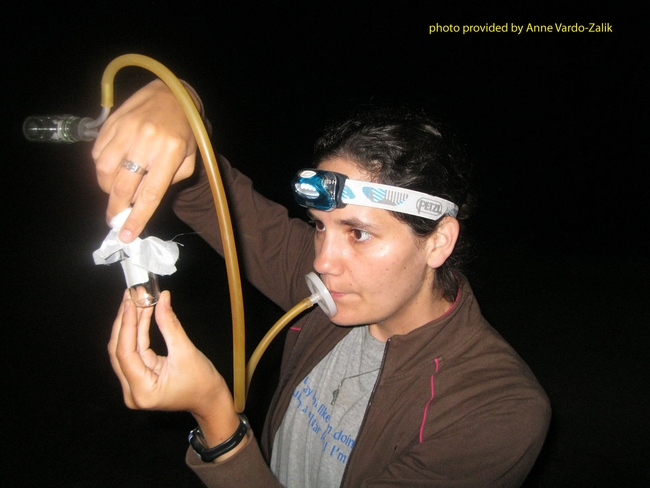For 34 years, the UC-Hopland Research & Extension Center has been the site of a long-term, natural study on malaria parasites and their hosts. These types of studies are 'goldmines' in science and offer a glimpse into not only the year-to-year fluctuations of malaria parasites in a natural system, but also the genetic changes that occur over longer time periods. These studies also assess how such changes affect the overall distribution of the parasite.
The lizard malaria parasite, Plasmodium mexicanum, naturally infects the Western Fence Lizard (Sceloporus occidentalis) at HREC (don't worry - you cannot get the malaria disease from the lizards!). Malaria parasites have two hosts in their life cycle: a vertebrate (such as human, bird, or lizard) and an invertebrate vector (a flying insect).
Unlike other Plasmodium spp., such as those of humans, P. mexicanum does not use a mosquito as an insect vector, but rather it uses two species of Psychodid fly (sandflies) of the genus Lutzomyia. Here you see Dr. Anne Vardo-Zalik aspirating a sandfly from a trap to a vial. (More on this subject to come in later posts).
